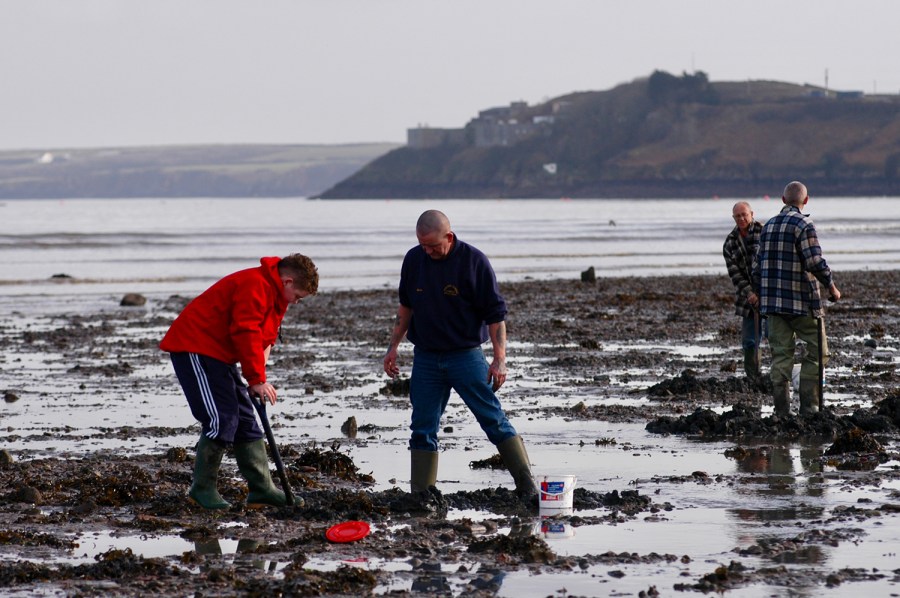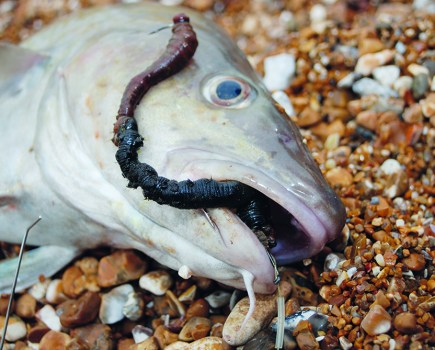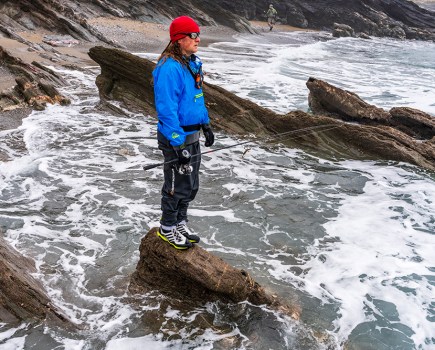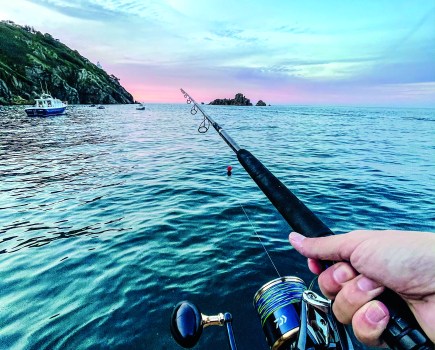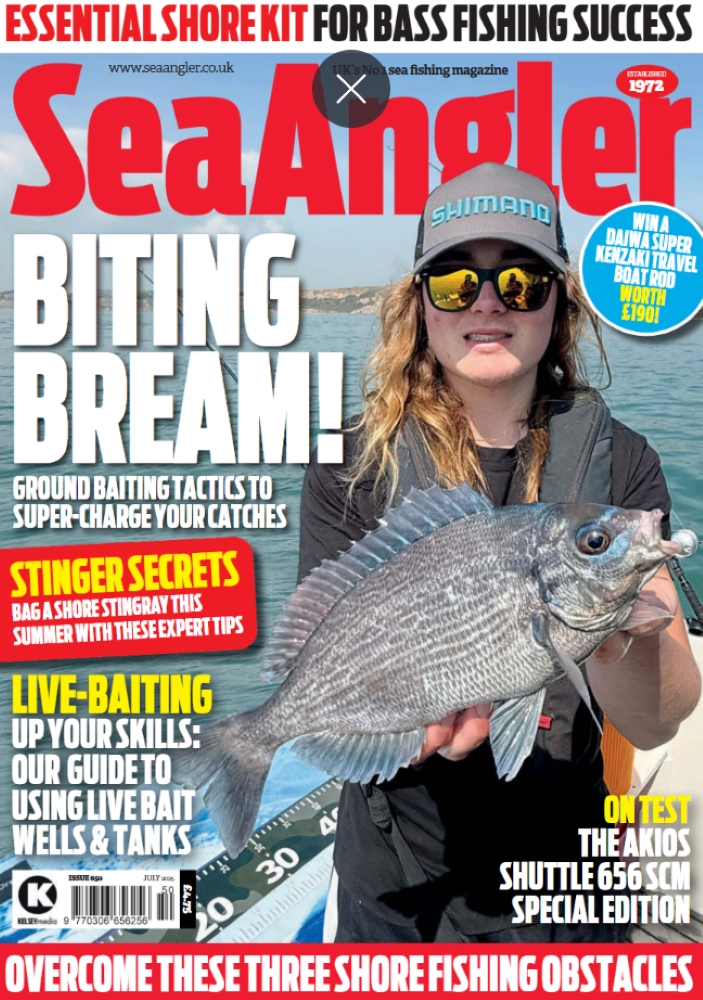Struggling to get a supply of bait, why not dig your own king ragworms?
There’s a feeling of smug contentment you get when you catch fish on bait that you have dug yourself. Not every sea angler has either the time or inclination to collect their own, but for those who do the rewards can be immense.
It ensures that when you go fishing you’ll be confident you are using the finest bait available. It’s also about gaining knowledge of the intertidal zone of a beach, which is invaluable for any angler, and you get some outdoor exercise.
King ragworms are one of the most popular baits for shore and boat angling because they catch lots of species. Here’s how to collect your own…
How do you dig for king ragworms?
1. When dug fresh and suitably looked after, king ragworms remain in excellent condition for several days, often longer with care and attention.
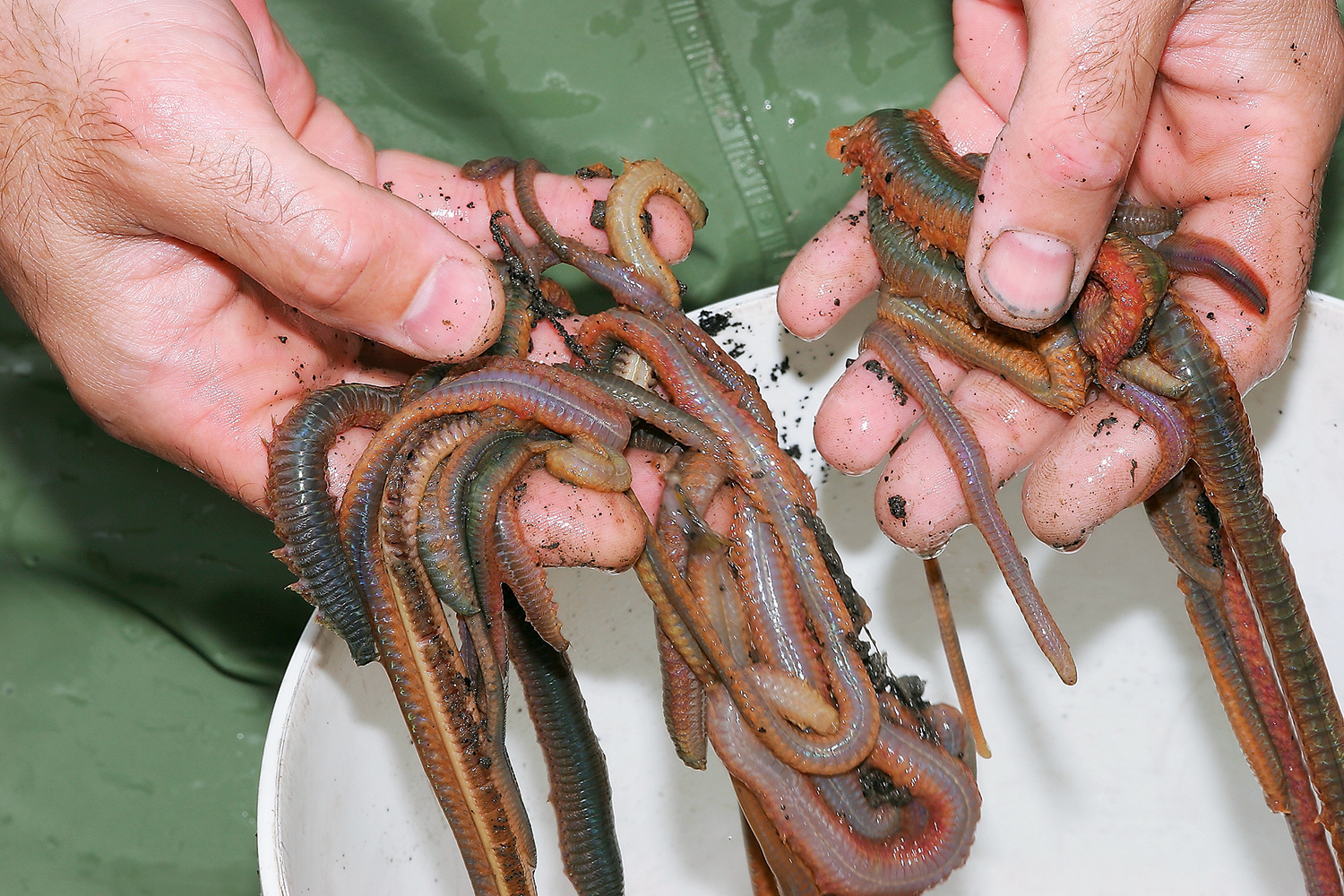
2. They are found towards the lower reaches of the intertidal zone, mostly from sheltered beaches where the ground consists of a mix of sand, mud, peat, gravel, grit, stones, seaweed and rocks, all of which makes digging a challenge.
3. The tool of choice is a flat-tined potato fork, available at most local hardware stores or online.
4. Colonies of ragworms are found in sheltered coves and bays, or within the lower reaches of tidal estuaries, harbours and other protected waterways. Productive areas are often well known, so enquiries at a local tackle shop or among other anglers can point you in the right direction.
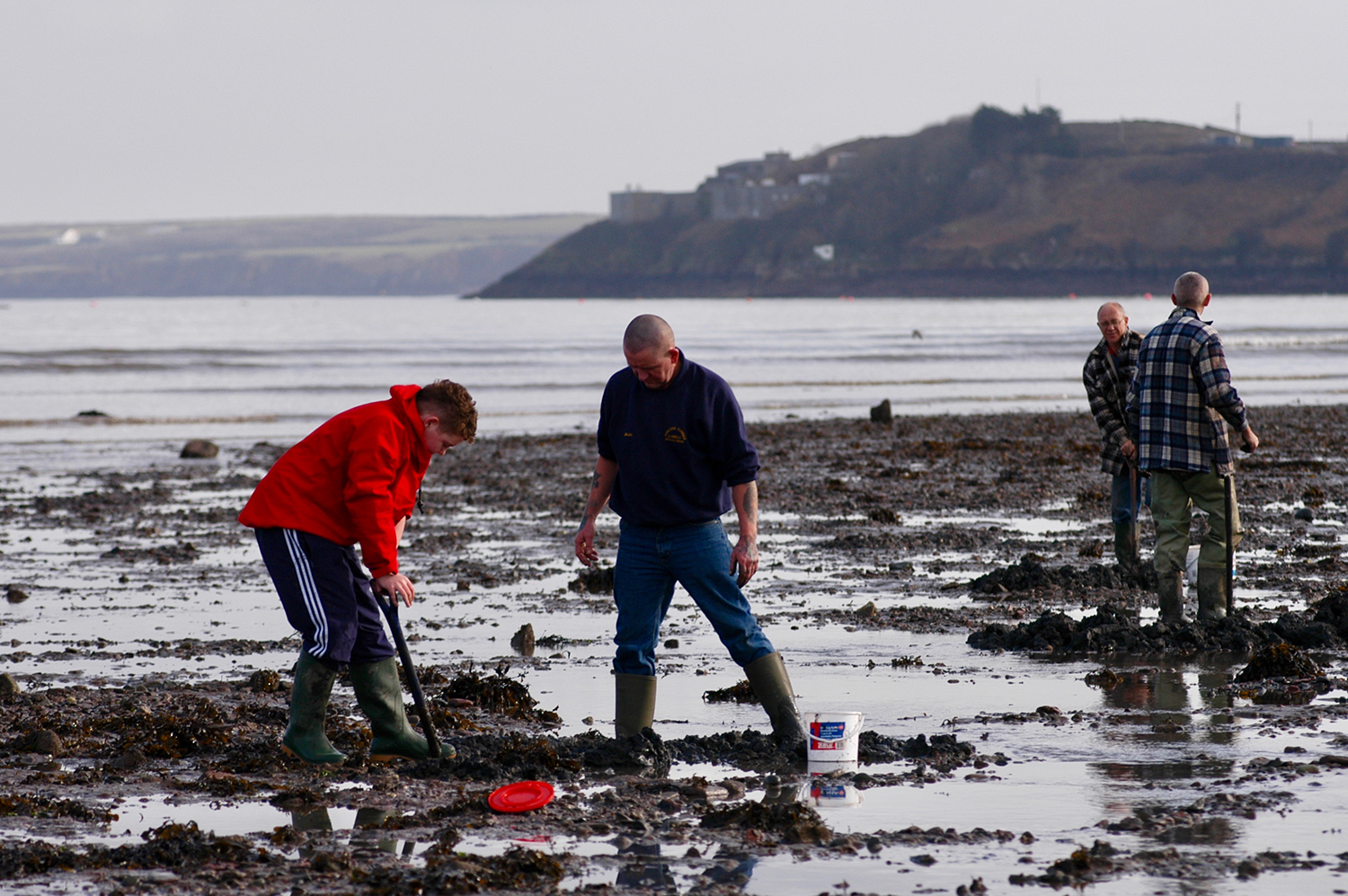
5. Unlike blow lug, which leave a coiled cast on the sand, you need to be more inquisitive to find ragworms. Turn over a few flat stones and, if there are rag in the vicinity, you’ll see the small circular entrances to their burrows or their trails.
6. Next turn over the ground with your fork. Half or threequarters of a tine length is usually sufficient to unearth the worms. There are areas where the worms are deeper. In cold weather they go deeper, but in warmer weather are closer to the surface.
7. On harder, stonier beaches you might be restricted to working those areas where you can get your fork into the ground. On others, start forming a trench once you’ve located a seam of worms. Better size worms are invariably found in those areas that are hardest to dig.
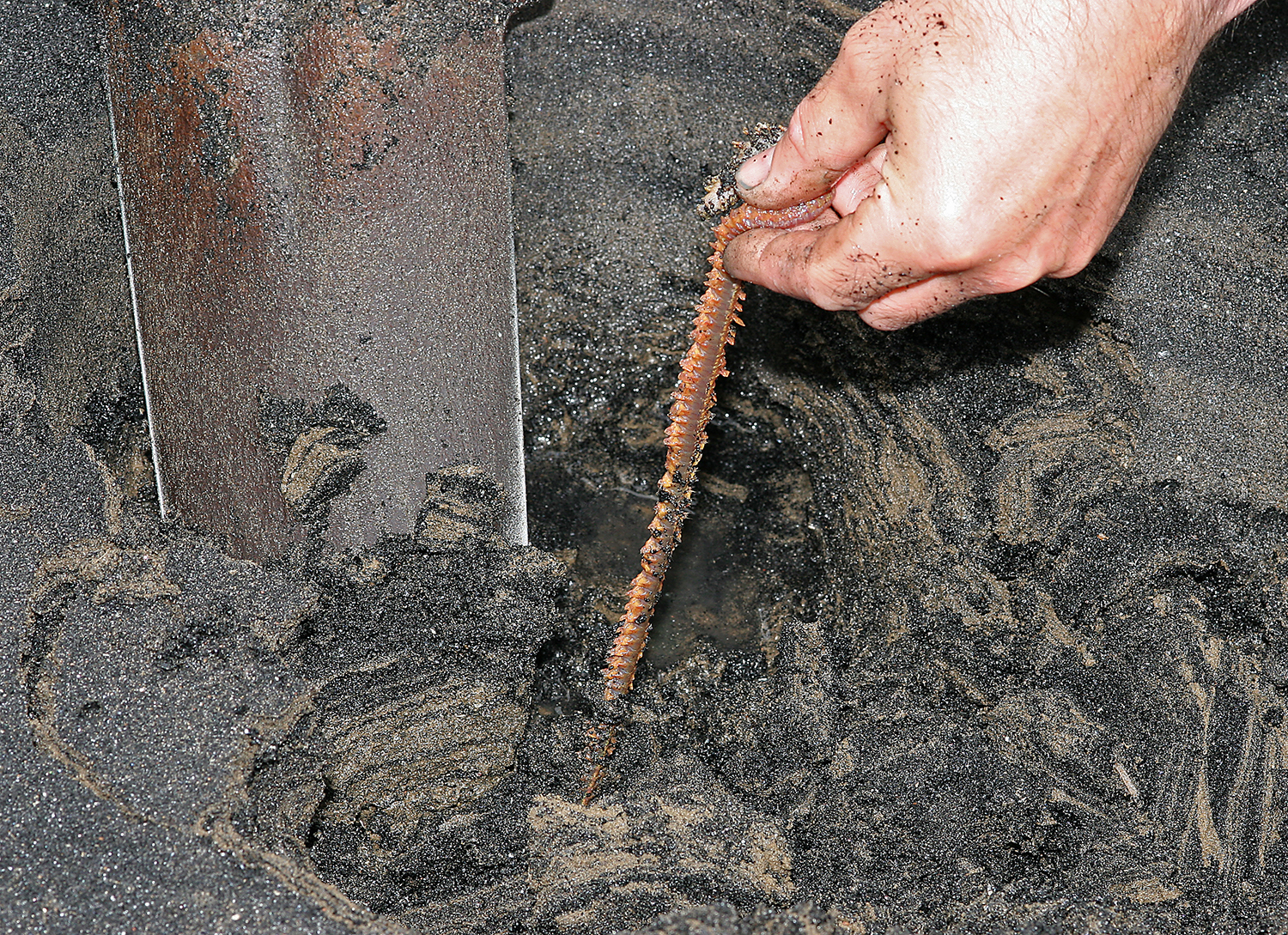
8. Digging around low water on the biggest spring tides, which expose areas not uncovered on smaller neaps, can be productive. At many beaches the stones and rocks are found closer to the high-water mark, with the strata becoming increasingly ‘fork friendly’ nearer the low water mark.
9. After you dig up the king ragworms, place them in a bucket until you have sufficient, before rinsing them in clean sea water. Separate any damaged ones into a different container; if you intend to fish soon after digging, those will be the worms to use first. If your fishing session is in a few days, then leave damaged worms for foraging birds. Remember to take some seawater home in a sealed bucket or plastic bottles.
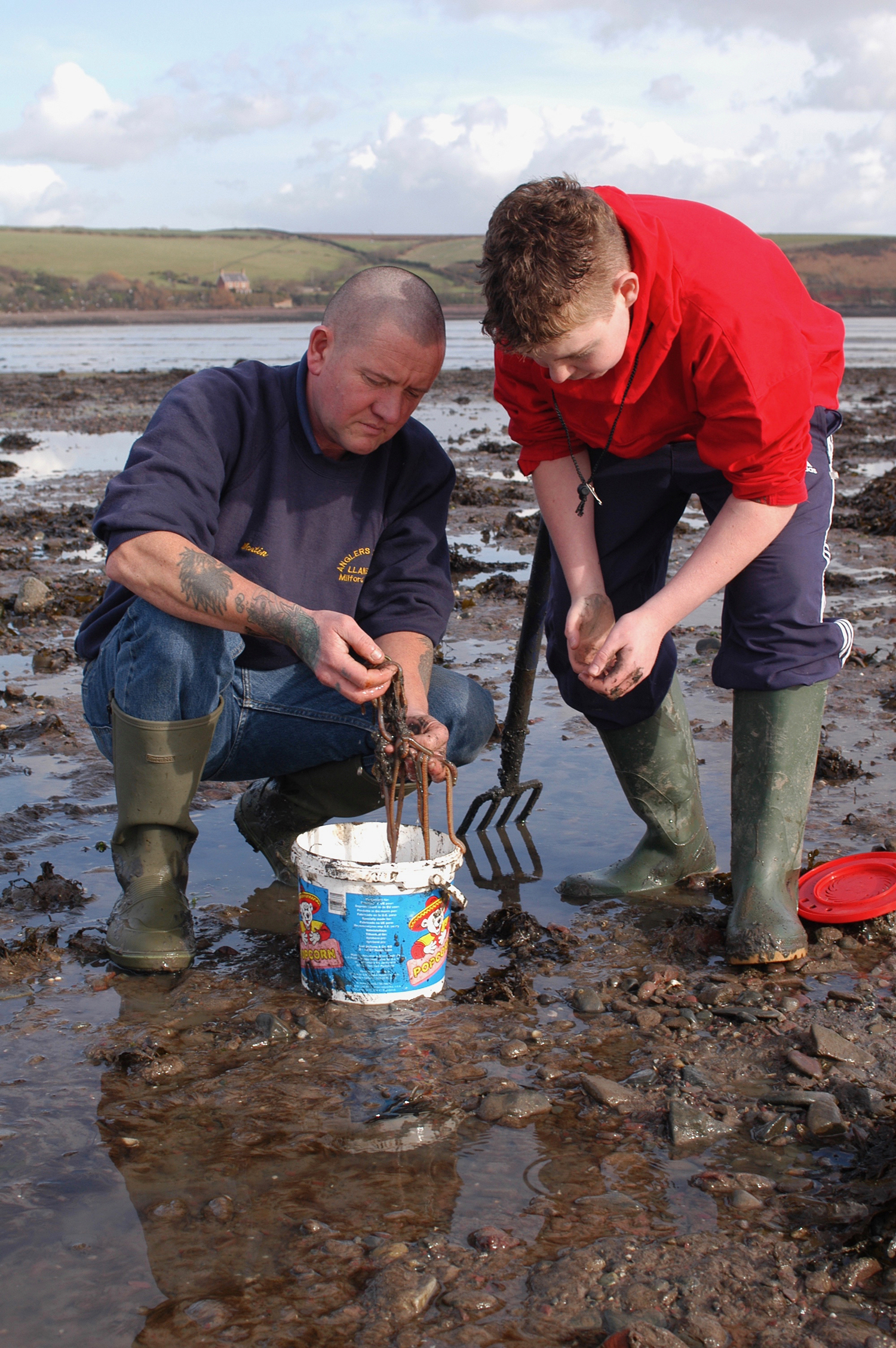
10. Keep the worms cool. Less than hour in a warm car can be sufficient to ruin the worms, especially in hot weather. Put them in a cool box containing a couple of frozen gel packs in the bottom. Cover these with an old towel or newspaper soaked in clean sea water, add some seaweed and place the worms on top, then add another layer of weed on top of the worms.
11. At home, keep the worms is an old fridge, stored in plastic trays with a just enough clean sea water to completely cover the worms. Change the water as often as possible. Remove any dead or dying worms immediately. Normal domestic fridge temperatures are perfect.
THE DIGGER’S CODE
- Always return any stones you turn over to the position you found them.
- Back fill all holes you have dug.
- Never dig in the immediate vicinity of boat moorings.
- Never dig more worms than you need to use. They are a resource and an essential component of the marine environment.
- Be careful during the bird nesting season, roughly March to July. Nests will be located above the high-water mark but are easily disturbed by inconsiderate access. Newborn chicks often follow their parents into the intertidal zone to feed.
- Do not ignore ‘no digging’ signs. The best advice is to find somewhere else. Talking to someone in authority, a harbour master or wildlife warden for example, will usually clarify the sitation.

